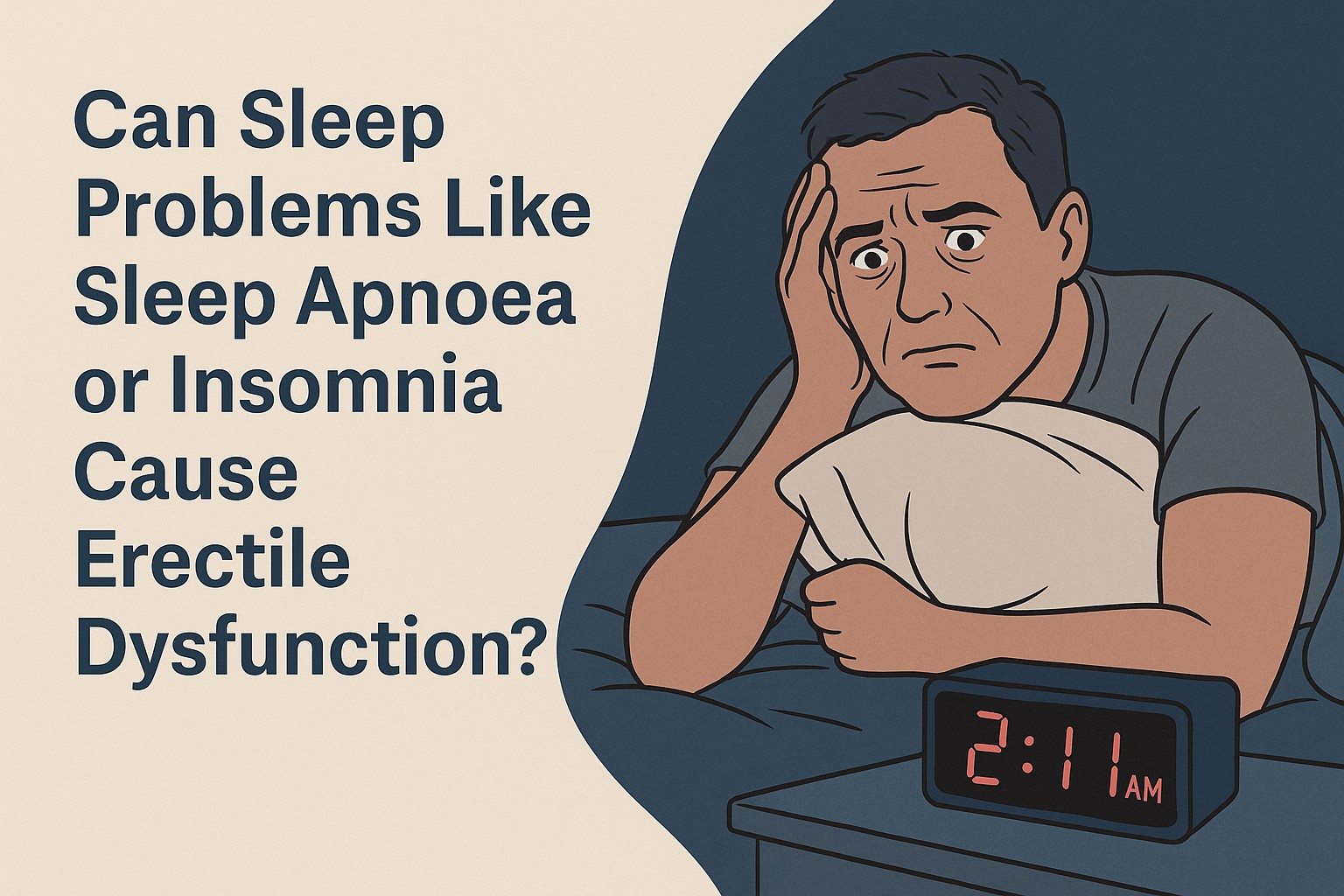Male dyspareunia—pain during sexual intercourse—can significantly affect a man's quality of life and intimate relationships. Understanding its causes, methods of diagnosis, and management strategies is crucial for effective treatment.
What Are the Causes of Male Dyspareunia?
Male dyspareunia can stem from various physical and psychological factors. Here are some common causes:
Physical Causes
- Medication-Induced Pain: Some medications for erectile dysfunction, such as intracorporeal injections of alprostadil or transurethral alprostadil (MUSE), can cause penile pain. Priapism, a prolonged and painful erection, can also be induced by PDE5 inhibitors like sildenafil (Viagra).
- Penile-Related Issues: Conditions such as phimosis (tight foreskin), a tight frenulum, lichen sclerosus (a skin condition causing white patches on the penis), and Peyronie’s disease (fibrous scar tissue causing curved erections) can lead to pain during intercourse.
- Ejaculatory-Related Pain: This can be caused by chronic pelvic pain syndrome, urethral stricture (narrowing of the urethra), pelvic arteriovenous malformation, and seminal vesicle disorders.
- Post-Surgical and Drug-Related Causes: Surgical procedures like hernia repair can lead to nerve damage, and psychotropic drugs such as antidepressants and neuroleptics can contribute to sexual pain.
Psychological and Other Causes
- Psychogenic Factors: Psychological issues such as anxiety and depression can manifest as pain during intercourse.
- Chronic Unilateral Testicular Pain: Often idiopathic, meaning the cause is unknown, but it can be linked to psychological stress.
How Is Male Dyspareunia Evaluated?
Medical History and Symptoms
- Detailed history taking to determine the nature of the pain: Is it specific to sexual intercourse, or does it occur during non-coital activities like masturbation?
- Questions about the timing of the pain: Does it occur during or after ejaculation?
Physical Examination
- A thorough genital, abdominal, and pelvic examination to identify any physical abnormalities.
- Assessment of the scrotum for testicular masses.
- Prostatic examination to check for tenderness indicating chronic pelvic pain syndrome.
Diagnostic Tests
- Urinalysis: To rule out infections such as urethritis.
- Imaging: Though not typically used for diagnosing sexual pain, it can help identify underlying conditions like seminal vesicle cysts.
How Is Male Dyspareunia Managed?
Chronic Pelvic Pain Syndrome Management
- Following guidelines for treating Chronic Prostatitis/Chronic Pelvic Pain Syndrome.
Addressing Specific Causes
- Phimosis or Tight Frenulum: May require surgical intervention.
- Chronic Testicular Pain: Initial management can include:
- Antichlamydial antibiotics like doxycycline.
- Anti-inflammatory medications.
- Low-dose amitriptyline or gabapentin for pain relief.
- Transcutaneous Electrical Nerve Stimulation (TENS).
- Spermatic Cord Block: Local anaesthetic injections.
- Spermatic Cord Microvascular Denervation: A surgical option for severe pain.
- Orchiectomy: Removal of the testicle in extreme cases.
Words of Wisdom from a Consultant Urologist
Male dyspareunia is a complex condition that can deeply affect one's life. A thorough evaluation and a personalised treatment plan are key to managing this condition effectively. Patients are encouraged to seek medical advice early, as many effective treatments are available that can significantly improve their quality of life and sexual health.


